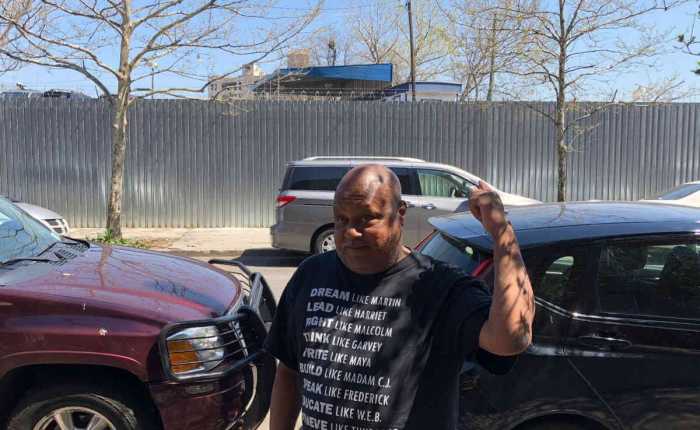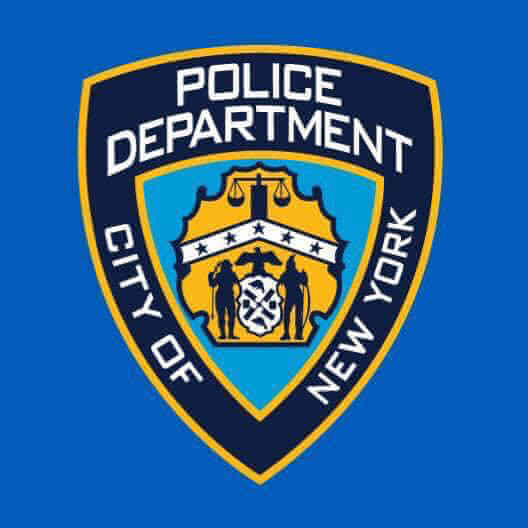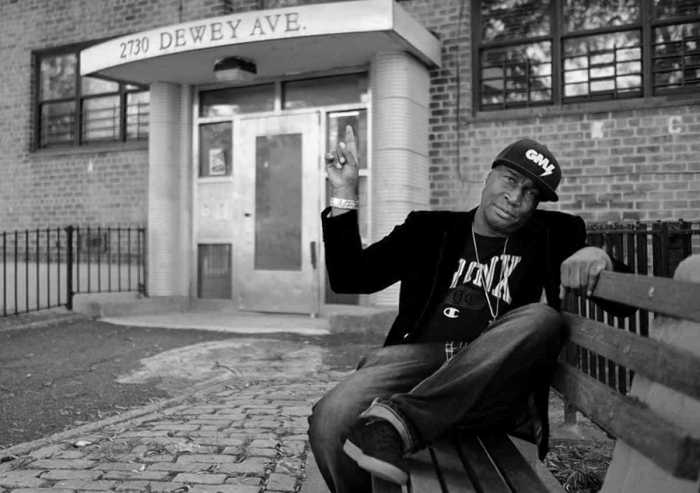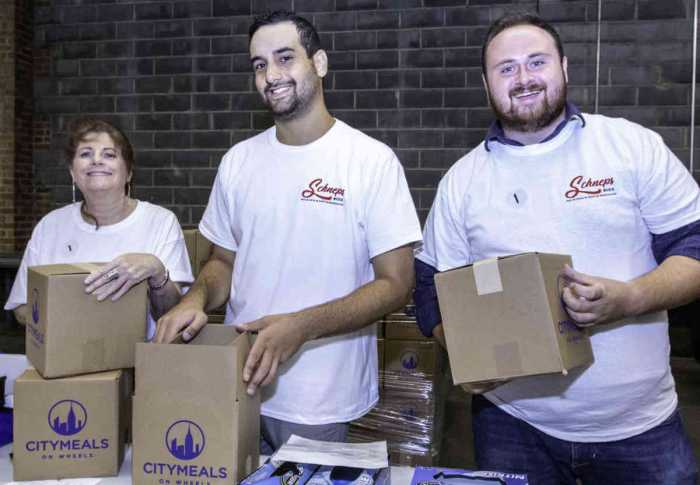Almost every New Yorker is suffering an emotional toll during the COVID-19 pandemic, but the suffering is not equal for everyone.
A report released Monday by the New York State Health Foundation stated the obvious about a precipitous rise, across the board, in anxiety and depression among New Yorkers from every walk of life. The level of mental stress, however, was disproportionately higher among Black and Latino communities.
The report revealed yet another layer of inequality in New York during a period in our history when so much long-ignored societal injustice has surfaced. New York has been, in spirit, a state that says it believes in equal justice for all, yet the track record falls far short of reaching that objective.
That inequality is why, when the COVID-19 pandemic hit New York hardest last March and April, Black and Latino communities suffered the worst illnesses and losses. Communities of color have perennially lacked the health care resources needed to help all stay healthy and well, and the massive death toll was a direct result of that ignorance.
That inequality is why, following the horrific murder of George Floyd at the hands of Minneapolis police officers, New Yorkers took to the streets in protest against racial injustice. Communities of color have been perennially subjected to police abuses and systemic racism which blocked advancement and the ability of all New Yorkers, regardless of color, to live in safety and freedom.
The mental health gap in New York City, despite recent efforts to close it, has grown at the worst possible time. Yet there is a path toward closing it.
When COVID-19 tests began ramping up, the city and state worked to establish hubs in communities of color. The same has held true with the COVID-19 vaccine, as churches, community organizations and public housing complexes are being equipped with vaccination hubs to bring the “shot of hope” directly to those who need it the most.
Now the city and state must work together to do the same for addressing the mental health needs of all New Yorkers, especially Black and Latino residents, during the pandemic. They must work with mental health professionals, medical systems and the same partners involved in COVID-19 testing and vaccination to create a localized network bringing counselors directly to where they are needed.
We must remedy this and other painful inequalities as we move forward in building a post-pandemic New York.
Editorial: Healing the pain
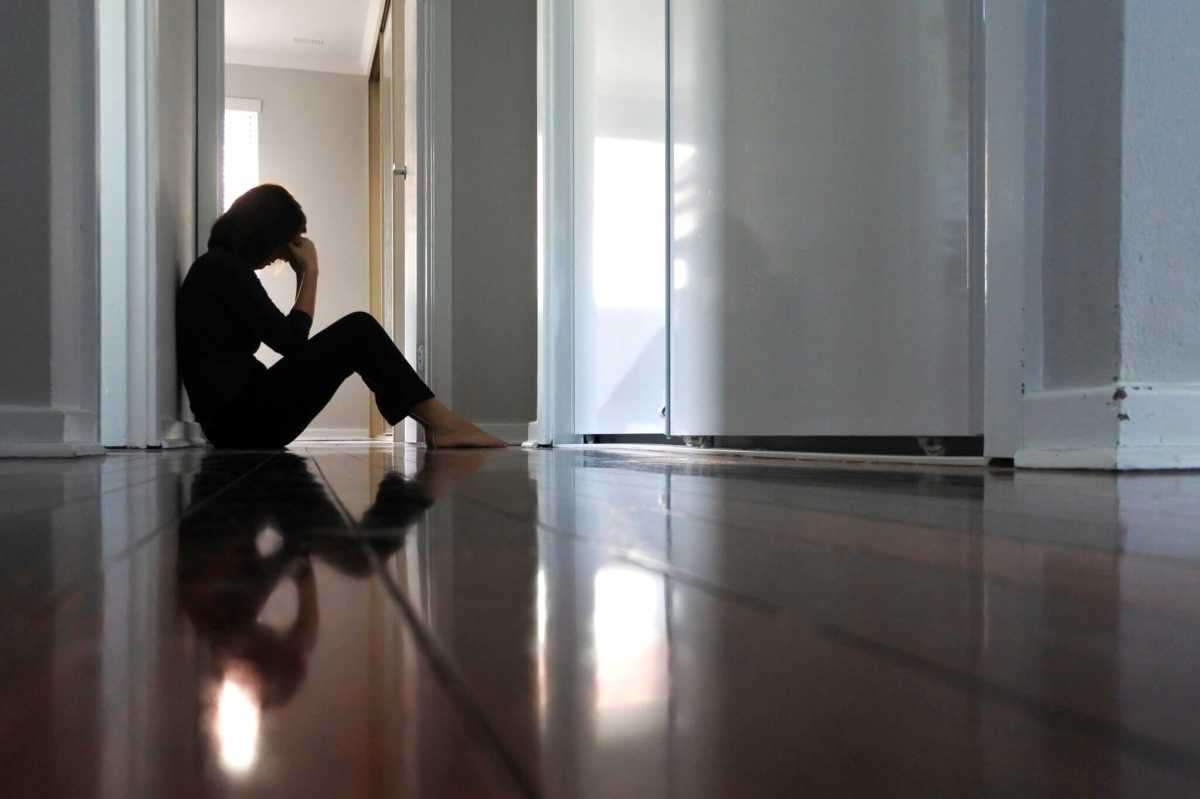
The mental health crisis persists during the COVID-19 pandemic, but not all New Yorkers are suffering at the same rate, according to a new study from the New York State Health Association.

